Archive
2022
KubaParis
PARASIGHTseeing ACT II
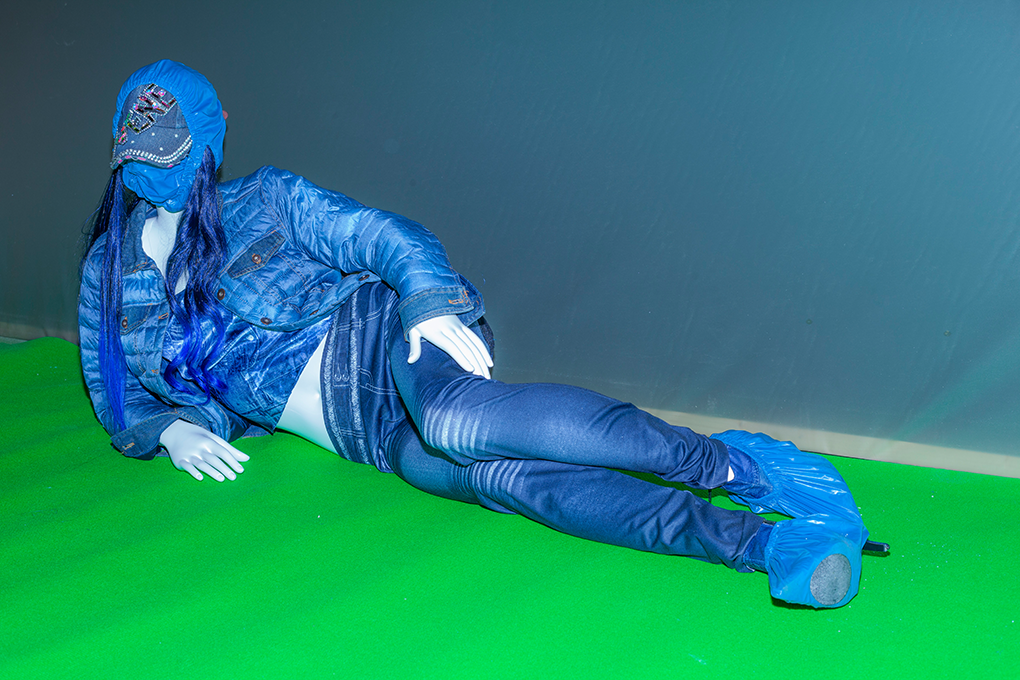

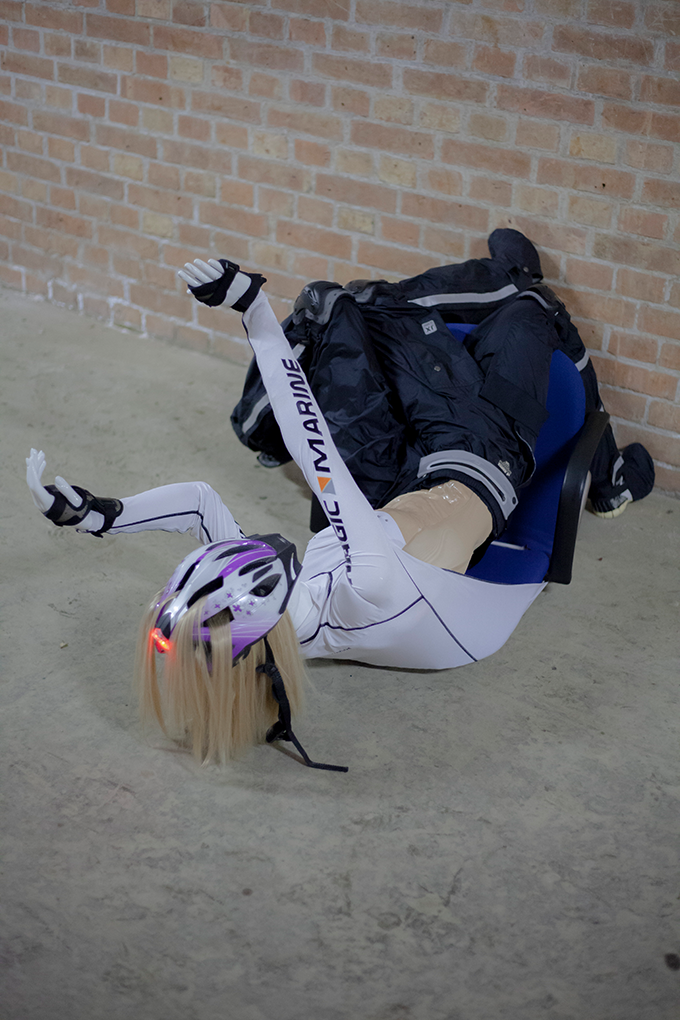
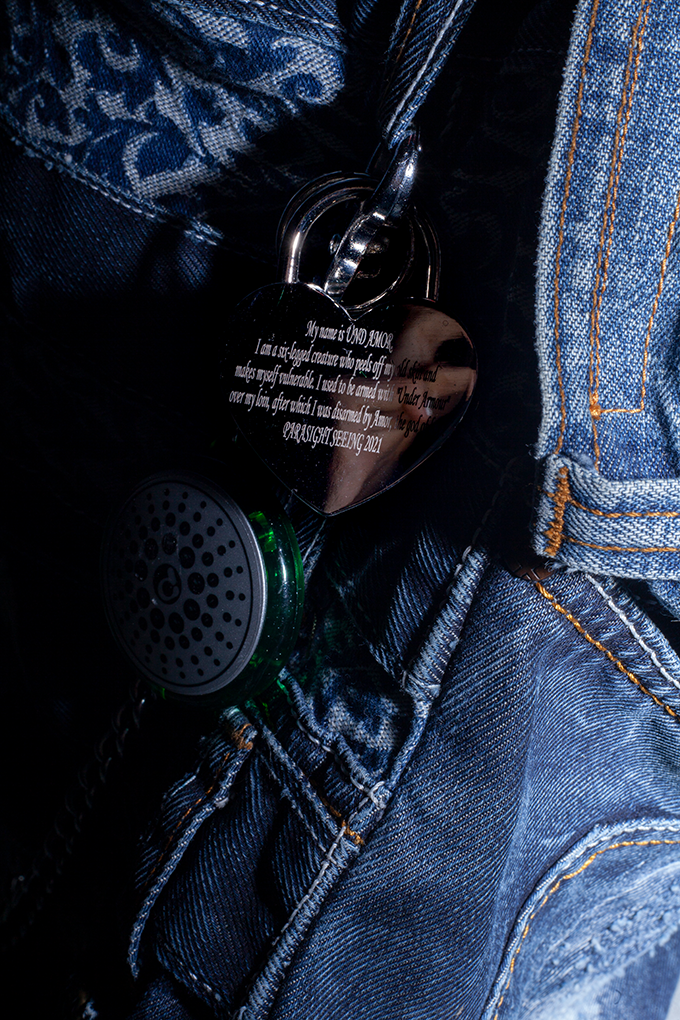
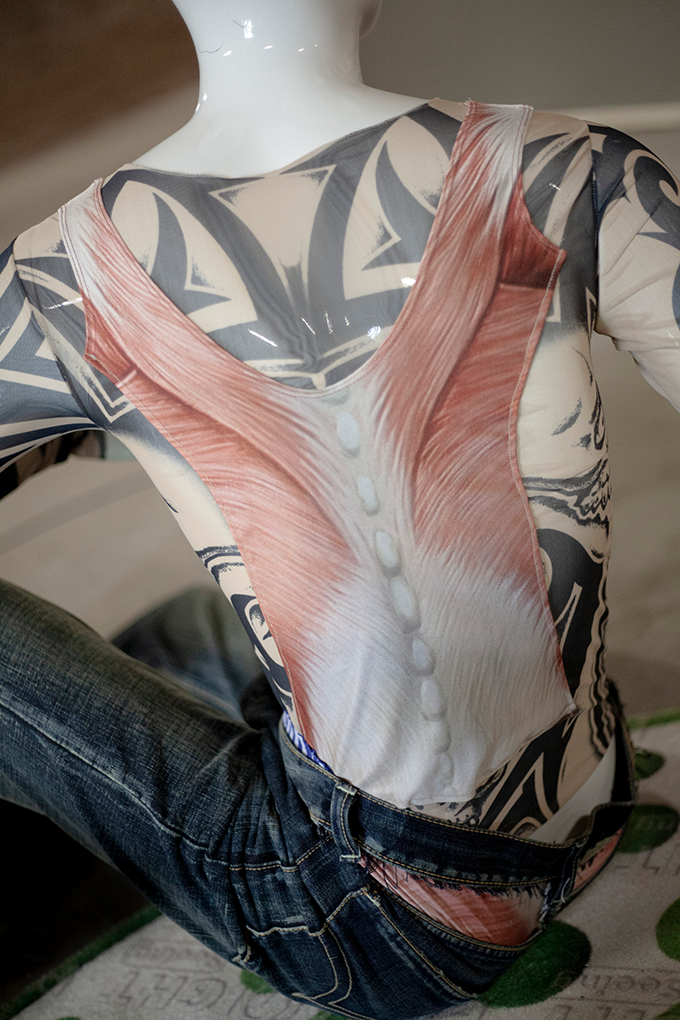

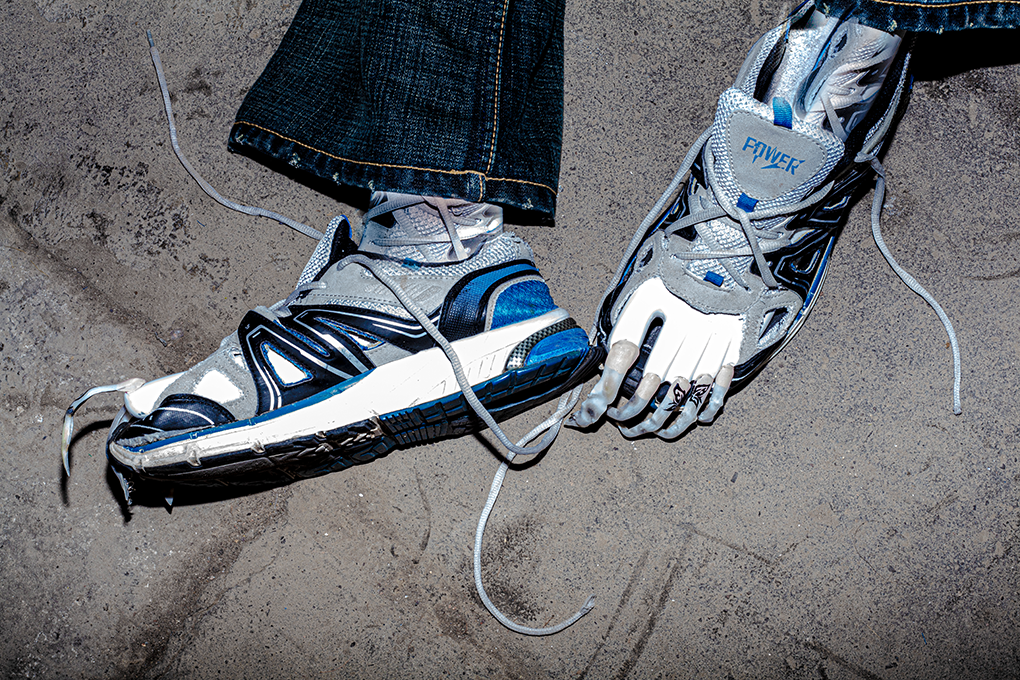
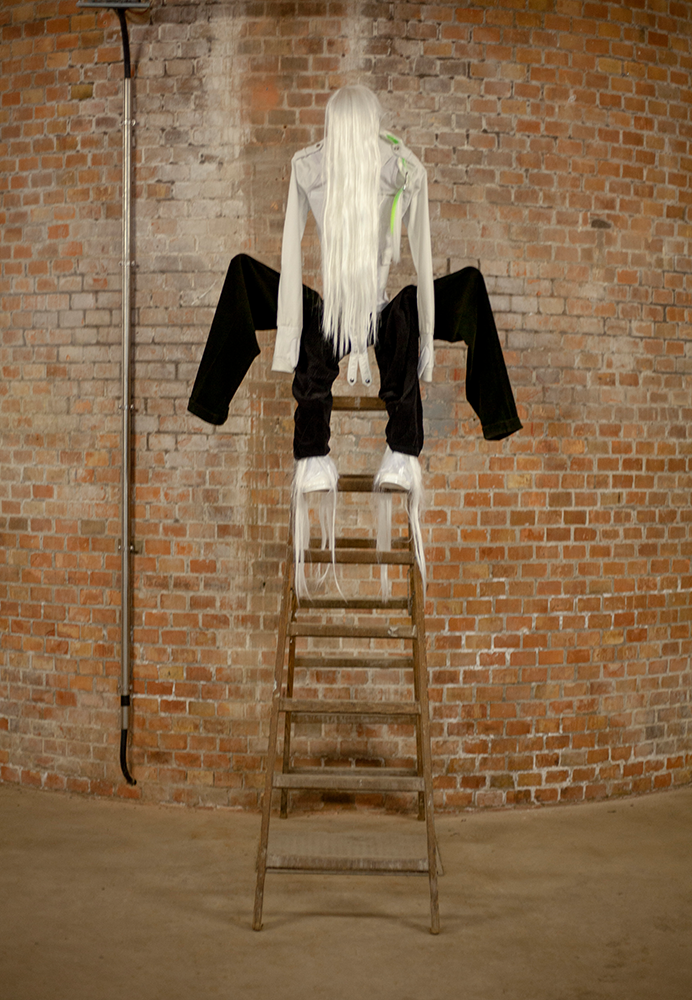
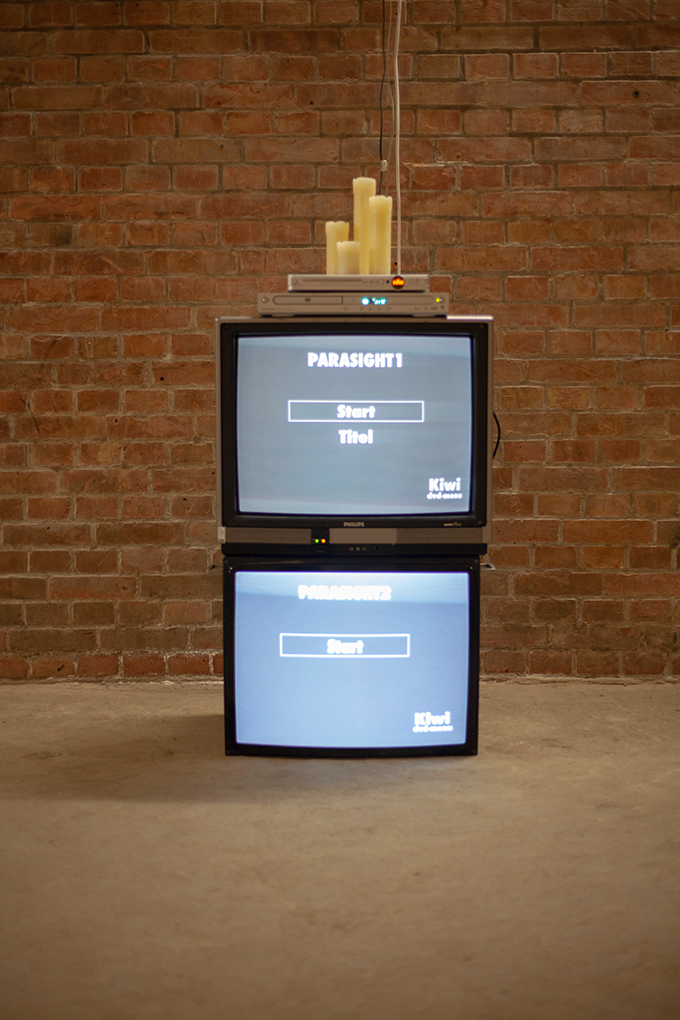



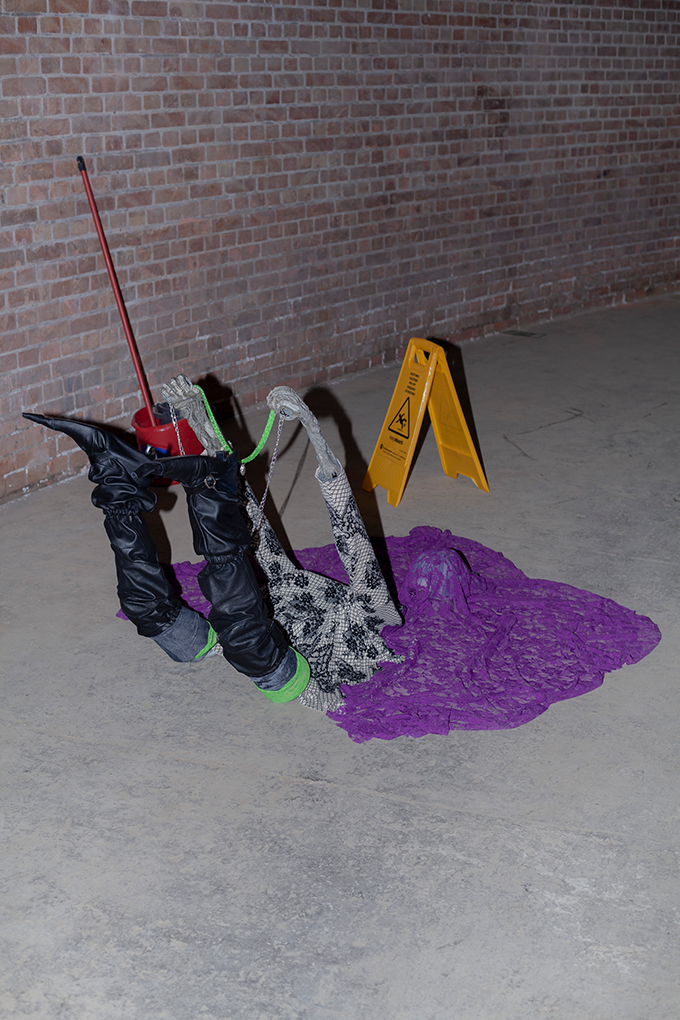
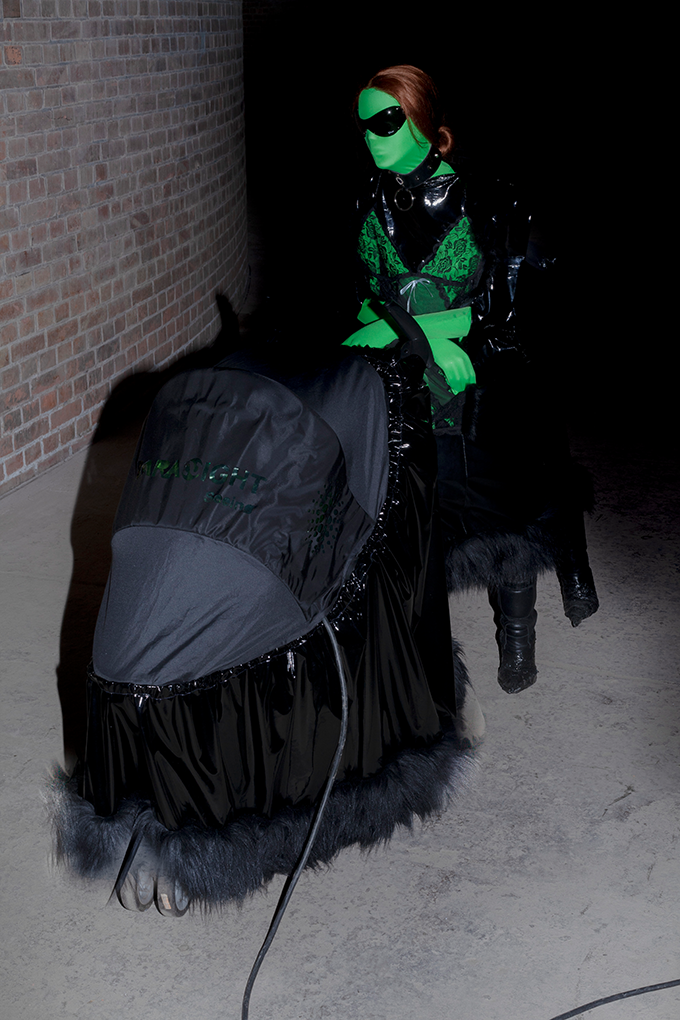

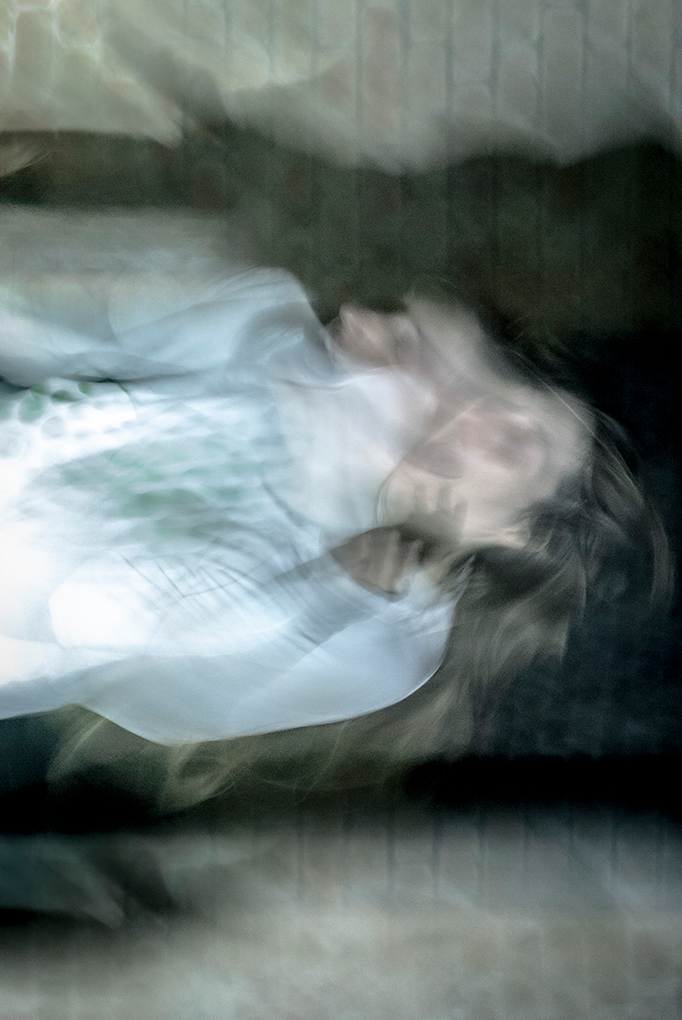
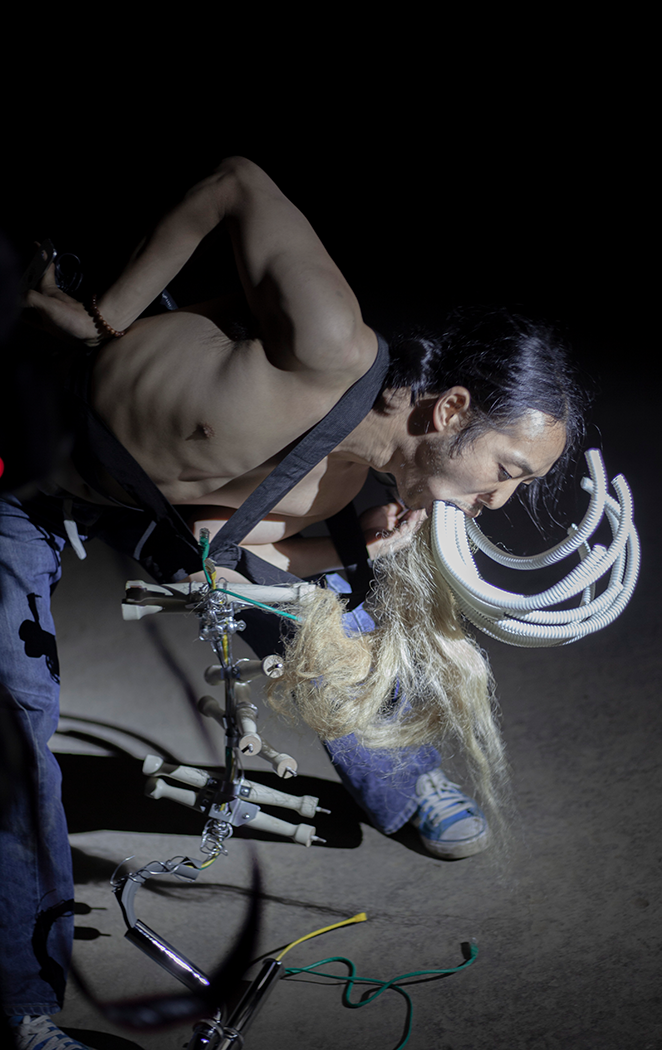
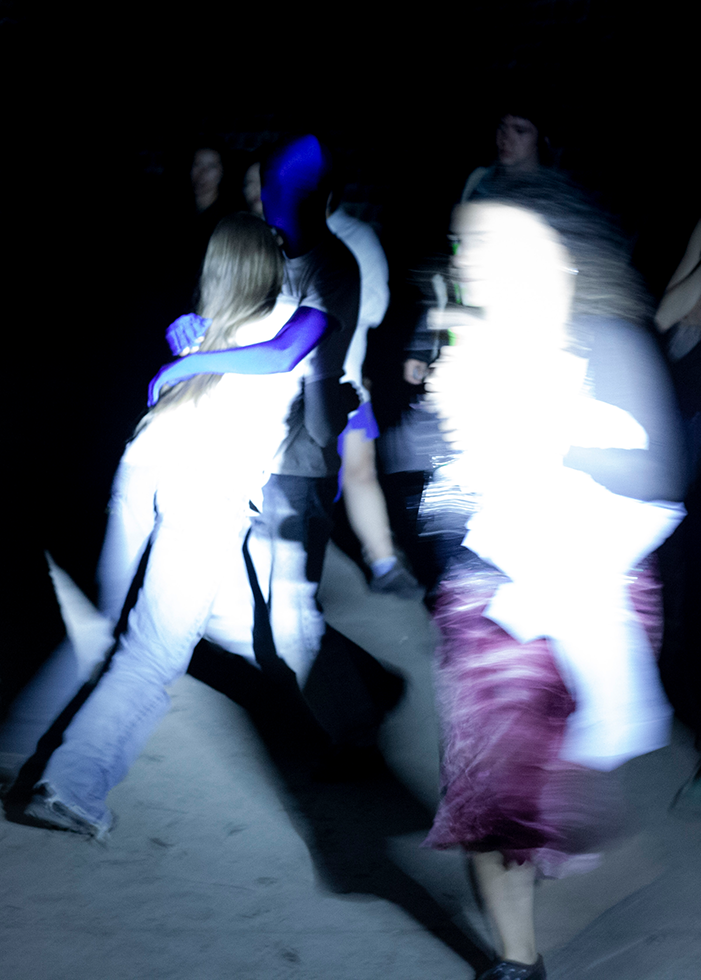
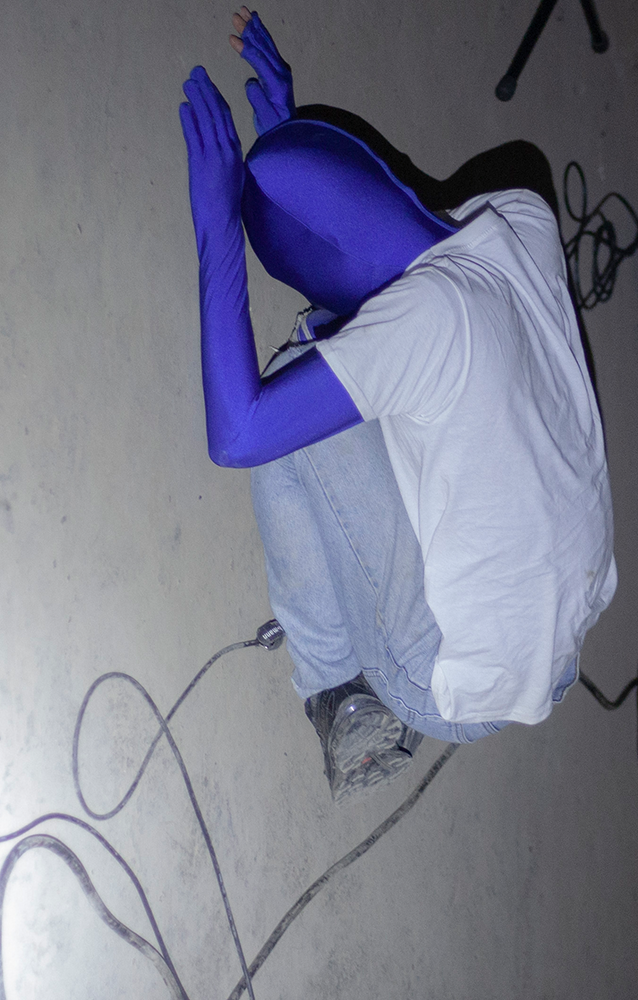
Location
Grosser Wasserspeicher BerlinDate
10.06 –17.06.2022Curator
Jasmin Halama & Frederik BritzlmairPhotography
Amely SommerSubheadline
PARASIGHTseeing is a performance-based exhibition project series by Jasmin Halama and Frederik Britzlmair, whose second part is presented in the Großer Wasserspeicher. In its investigation of parasitic strategies, PARASIGHTseeing elaborates ways of theorizing systems. But it also invites participation into a parasitized system of its own. CONCEPT & CREATIVE DIRECTION by Frederik Britzlmair and Jasmin Halama PERFORMANCE DIRECTION gameisalreadyset PERFORMER Won June Choi / Aaron Lang / Woosang Jeon / Gloria Regotz / Elena Francalanci GRAPHICS Elliot Frydenberg SOUNDSCAPE Won June Choi VIDEO PARASIGHT Adrian Q Vardi / Jasmin Halama / Kristina Nagel / Marius Kurz VIDEO PARASIGHTseeing Lexi Sun SOUND PARASIGHTseeing Marius Kurz / Jasmin Halama VIDEO PBJH Timo Schichtel / Hyesoo Chung / Amely Sommer/ Frederik Britzlmair Body and Brain Nils Thurn Nails Camilla Inge VolbertText
PARASIGHTseeing is a performance-based exhibition project series by Jasmin Halama and Frederik Britzlmair, whose second part is presented in the Großer Wasserspeicher. In its investigation of parasitic strategies, PARASIGHTseeing elaborates ways of theorizing systems. But it also invites participation into a parasitized system of its own.
The labyrinthine space of the Großer Wasserspeicher is populated by a series of characters, or “parasites,” who have been conceived of and dressed in garments designed by Britzlmair and Halama. Composed of readymades and secondhand clothing, the garments themselves derive from systems—both material systems of commodity exchange and the visuo-semiotic systems that surround it. In turn, each character/parasite engages in an individual, continuous performance, and viewers are invited to meander through them within the enclosed space of the Wasserspeicher at their own discretion. There is no clear ordering between the performers; there is only the knowledge that they are evolving in relation toward one another. Though the performers, for their part, have been given aesthetic form by their creators, they are free to perform and move as they see fit. Tethered to their creators, they develop their own relations to themselves, each other, and their onlookers—through bodily contortion and experimental vocalizations. The lines between the machinic and organic grow faint in this parasitic relation between creator and creation. The space in which this all occurs becomes an embodied, symbiotic nexus, a zone of mutual parasitization.
In the characters’ perpetual movements, systems emerge and dissolve within the wider system of the Großer Wasserspeicher. An osmotic/symbiotic relation between the parasites is established through time and space—movement allows for the embodied theorization of organism and machine. In this self-multiplying embodiment, parasitism doubles as theory and practice. It permits an interrogation of the definitional boundaries of organic matter, and the social dimension of these boundaries. PARASIGHTseeing offers, then, the embodied experience of parasitism—of the dynamics of symbiosis, organic outgrowth, and the social strategies that can be gleaned from these.
Jude Macannuco